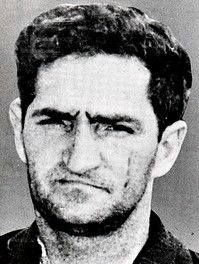
1931 - 1964
Eric Edgar Cooke
Summary
Name:
Nickname:
The Night Caller / The Nedlands MonsterYears Active:
1959 - 1963Birth:
February 25, 1931Status:
DeceasedClass:
Serial KillerVictims:
8Method:
Hit-and-run / Stabbing / Strangulation / ShootingDeath:
October 26, 1964Nationality:
Australia
1931 - 1964
Eric Edgar Cooke
Summary: Serial Killer
Name:
Eric Edgar CookeNickname:
The Night Caller / The Nedlands MonsterStatus:
DeceasedVictims:
8Method:
Hit-and-run / Stabbing / Strangulation / ShootingNationality:
AustraliaBirth:
February 25, 1931Death:
October 26, 1964Years Active:
1959 - 1963bio
Eric Edgar Cooke was born on February 25, 1931, in Victoria Park, a suburb of Perth, Western Australia. He was the eldest of three children in an unhappy and violent family. His parents married because his mother, Christine Edgar, was pregnant with him. Cooke’s father, Vivian Cooke, was an alcoholic who frequently beat him, especially when Cooke tried to protect his mother. Christine often slept at her workplace to avoid going home and being beaten by Vivian.
Cooke was born with a cleft lip and palate, which required surgery when he was three months old and again when he was three and a half. The surgeries were not entirely successful, leaving him with a slight facial deformity and a speech impairment. These issues made him a target for bullying at school, causing him to feel ashamed and emotionally unstable.
Cooke was good at subjects that required memory and manual skills, but he was expelled from Subiaco State School at age six for stealing from a teacher. At his next school, Newcastle Street Infants' School, he continued to be bullied. This pattern of bullying followed him to Highgate Primary School, Forrest Street Primary School, and Newcastle Street Junior Technical School.
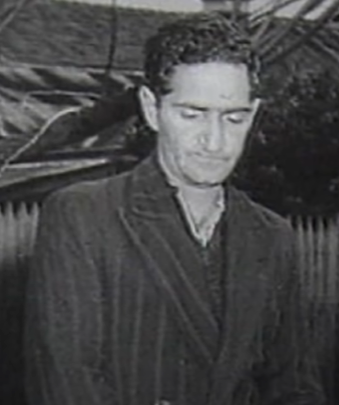
Sometimes, Cooke was placed in orphanages or foster homes to escape his father’s violence. He would hide under the house or wander the streets to avoid going home. Cooke was often hospitalized for head injuries, leading to suspicions of brain damage. He also had recurring headaches and was once admitted to an asylum. His blackouts stopped after an operation in 1949.
Cooke left school at age 14 to work as a delivery boy to help support his family. He gave his wages to his mother, who struggled to make ends meet with her cooking and cleaning jobs. Many of his jobs led to injuries. At one job in a factory, he was hospitalized after being hit in the nose by a winch. At 16, he worked as a hammer boy in a blacksmith’s workshop, where he signed his lunch bag “Al Capone.” At this job, he suffered burns to his face, injured his right hand, and hurt his left thumb.
murder story
Eric Edgar Cooke began his life of crime at age 17, committing petty thefts, vandalism, and arson. He even burned down a church after being rejected from a choir audition and served eighteen months in jail for it. During his teenage years, Cooke often broke into houses, stealing valuable items and damaging property out of spite. He kept newspaper clippings of his crimes to impress others and make friends.
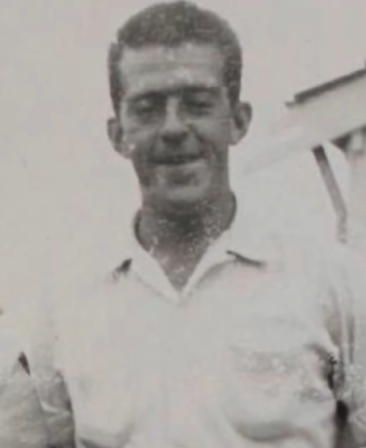
On March 12, 1949, police arrested Cooke at his grandmother's house, where he lived. His fingerprints matched those found at several crime scenes. On May 24, 1949, Cooke was sentenced to three years in prison for arson and vandalism. He was convicted of multiple charges, including stealing, breaking and entering, and arson. This taught him to be more careful in future crimes.
In adulthood, Cooke was a short man with dark hair and a twisted mouth. He joined the Australian Army at 21 but was discharged three months later due to his criminal record. On November 14, 1953, Cooke married Sarah Lavin, a 19-year-old waitress. They had seven children together, four boys and three girls.
During the 1950s and early 1960s, Cooke stole cars, often returning them without the owners knowing. In 1955, after crashing a stolen car, Cooke was sentenced to two years of hard labor. He was released just before Christmas 1956. After his release, he wore gloves to avoid leaving fingerprints.
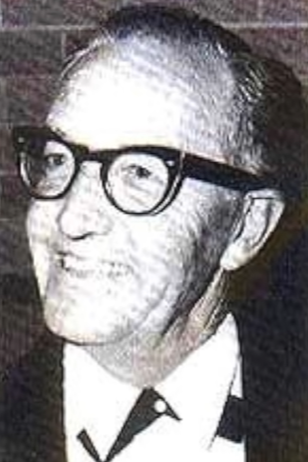
Cooke's killing spree lasted four years and involved various methods, including hit-and-runs, stabbings, strangulations, and shootings. His victims were killed in different ways, making it hard to connect the murders. Some were killed during robberies, while others were attacked in their sleep or after answering their door. Cooke’s victims included Penny Berkman, Jillian McPherson Brewer, John Lindsay Sturkey, George Ormond Walmsley, Rosemary Anderson, Constance Lucy Madrill, and Shirley Martha McLeod. Another victim, Brian Vincent Weir, died from injuries three years after Cooke shot him. Two men were wrongfully convicted for some of these murders.
The police investigation into Cooke's crimes was extensive. They fingerprinted over 30,000 males and tested more than 60,000 rifles. In August 1963, a rifle used in one of the murders was found, and police set a trap to catch the killer. Cooke was arrested when he tried to retrieve the weapon.
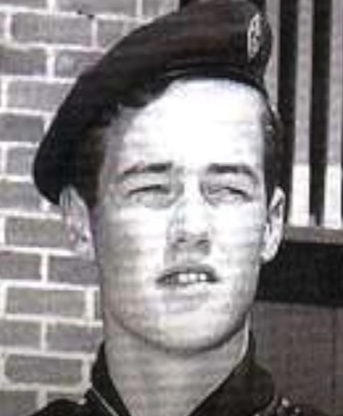
Cooke initially denied involvement, but he eventually confessed to many crimes, including eight murders and fourteen attempted murders. He was convicted of murdering John Lindsay Sturkey, one of his five Australia Day shooting victims. Cooke had an excellent memory for details, recalling specifics from hundreds of burglaries.
Cooke’s trial began on November 25, 1963. He pleaded not guilty by reason of insanity, but the claim was rejected. After a three-day trial, Cooke was found guilty and sentenced to death by hanging for the murder of John Lindsay Sturkey. He chose not to appeal, believing he deserved to pay for his crimes.
Cooke was hanged on October 26, 1964, in Fremantle Prison. Ten minutes before his execution, he confessed to two murders that had led to wrongful convictions of other men. Cooke was the last person to be hanged in Western Australia and was buried in Fremantle Cemetery.